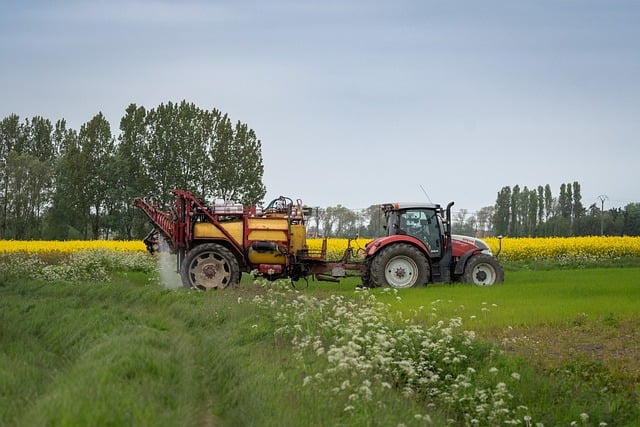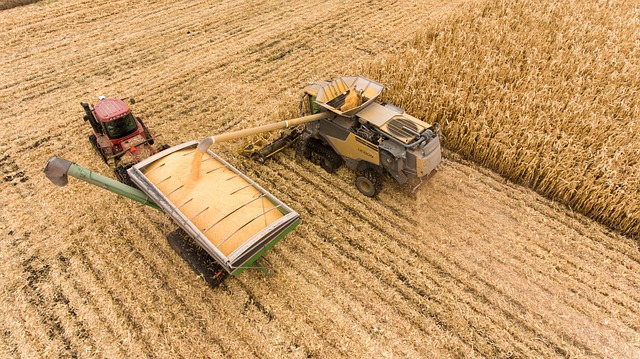The Essential Guide to Animal Husbandry in Agriculture
In the heart of the agricultural industry lies a practice that not only supports our food systems but also nurtures the bond between humans and animals: animal husbandry. Whether you’re a seasoned farmer or a curious newcomer, understanding and implementing effective animal husbandry practices is vital for the sustainability of agriculture and the well-being of livestock.
What is Animal Husbandry?
Animal husbandry refers to the management and care of farm animals for various purposes, including production of food, fiber, labor, and companionship. This multi-faceted practice encompasses breeding, feeding, health care, and overall animal welfare. It’s a blend of science and art, requiring a deep understanding of animal behavior and agricultural ecosystems.
The Importance of Animal Husbandry
Animal husbandry is essential for several reasons. First and foremost, it plays a crucial role in ensuring food security. Livestock provides a significant portion of the world’s protein sources, including meat, milk, and eggs. Beyond sustenance, animals also contribute to agricultural economies, providing income and livelihoods for millions of people around the globe.
Best Practices in Animal Husbandry
1. Proper Nutrition
Providing a balanced diet tailored to the specific needs of each species is paramount. Understanding nutritional requirements and formulating diets that support growth, reproduction, and overall health can lead to increased productivity and lower disease risks.
2. Housing and Environment
Animals require a safe and comfortable living environment. Proper housing that protects them from extreme weather conditions, provides adequate space, and allows for natural behaviors is essential in promoting good health and welfare.
3. Health Care and Veterinary Services
Regular health check-ups, vaccinations, and preventive care are vital components of animal husbandry. Monitoring for signs of illness and maintaining veterinary partnerships can help address health issues before they escalate, ensuring a herd or flock that is healthy and productive.
4. Breeding and Genetics
Implementing strategic breeding programs can improve the health, productivity, and sustainability of livestock. Understanding genetic traits and selecting for desirable characteristics can enhance both the quality of animal products and the efficiency of production.
The Role of Technology
In recent years, technology has revolutionized animal husbandry. From advanced breeding techniques like artificial insemination to tracking systems that monitor animal health and behavior, technology is making animal care more efficient and responsive. Farm management software can help farmers keep accurate records and make informed decisions that enhance animal welfare.
Understanding Animal Welfare
The ethical treatment of animals is at the core of modern animal husbandry. Implementing practices that prioritize animal welfare not only contributes to healthier animals but also enhances consumer trust. Educating oneself on ethical standards and striving for transparency can build stronger connections with consumers who are increasingly concerned about where their food comes from.
Conclusion
As we delve deeper into the practices of animal husbandry, it becomes evident that caring for animals and managing agricultural resources go hand in hand. By fostering sustainable practices that prioritize animal health and welfare, we can support not only our agricultural systems but also the communities and economies that rely on them.




